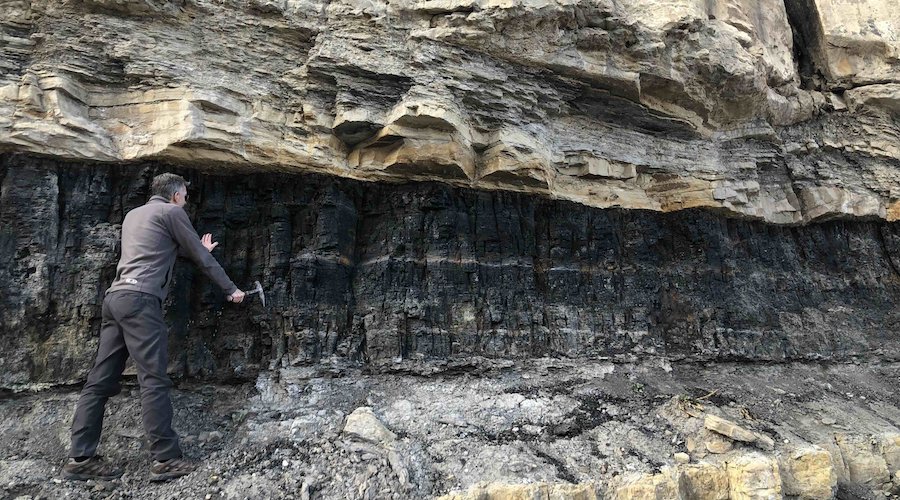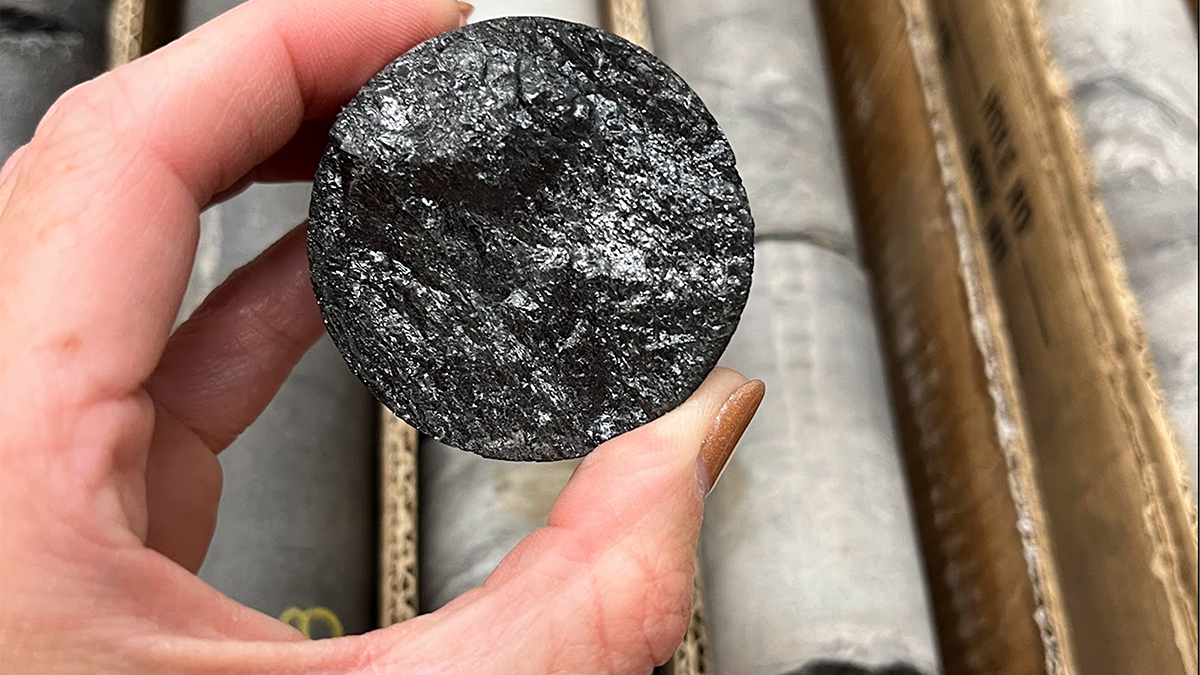Utah and Colorado Coal Mines Revealed as Potential Sources of Rare Earth Elements
A recent study conducted in partnership with the Utah Geological Survey and Colorado Geological Survey has revealed high concentrations of rare earth elements (REE) in coal mines in Utah and Colorado. The Carbon Ore, Rare Earth and Critical Minerals project, or CORE-CM, aimed to explore alternative domestic sources of critical minerals that are crucial for US manufacturing and high-end technologies.
The study found that the rare earth elements are concentrated in fine-grain shale units that are located above and below the coal seams. This discovery opens up the possibility of extracting these valuable minerals as a byproduct of coal mining operations. Researchers collected and analyzed 3,500 samples from 10 mines, four mine waste piles, seven complete cores, and coal ash piles near power plants to determine the presence of rare earth elements.
The data revealed that coal-adjacent formations of siltstone and shale contained the highest concentrations of rare earth elements, while sandstone and coal itself were mostly devoid of these minerals. The team used a combination of field readings with a handheld device and Inductively Coupled Plasma-Mass Spectrometry in the lab to measure levels of rare earths in the samples.
Moving forward, the researchers plan to collaborate with colleagues at the University of Wyoming and New Mexico Institute of Mining and Technology to determine the amount of rare earth ore present in these coal mines. This discovery could potentially provide a valuable domestic source of rare earth elements, reducing the US dependency on overseas suppliers for these critical minerals.
Tags: Rare Earth Elements, Coal Mines, Utah, Colorado, Geological Survey, Critical Minerals
New Domestic Source of Rare Earth Elements Discovered in Utah and Colorado Coal Mines
Researchers from the Utah Geological Survey and Colorado Geological Survey have uncovered a new domestic source of rare earth elements (REE) in coal mines located in Utah and Colorado. This discovery comes as part of the Carbon Ore, Rare Earth and Critical Minerals project (CORE-CM), which aims to identify unconventional sources of critical minerals for US manufacturing.
The study analyzed 3,500 samples collected from various coal mines, waste piles, cores, and coal ash piles to determine the concentration of rare earth elements in the rocks surrounding the coal seams. The data revealed that fine-grain shale units located near the coal seams contained the highest concentrations of rare earth elements, providing a potential opportunity for byproduct extraction during coal mining operations.
By utilizing a handheld device for field readings and Inductively Coupled Plasma-Mass Spectrometry in the lab, researchers were able to measure levels of rare earths in the samples. The next steps involve collaborating with experts from the University of Wyoming and New Mexico Institute of Mining and Technology to assess the economic viability of extracting rare earth ore from these coal mines.
This discovery of a new domestic source of rare earth elements in Utah and Colorado coal mines could have significant implications for US manufacturing and technology industries, reducing the country’s reliance on foreign suppliers for these critical minerals.
Tags: Rare Earth Elements, Domestic Source, Coal Mines, Utah, Colorado, Critical Minerals
Unlocking the Potential of Rare Earth Elements in Utah and Colorado Coal Mines
A groundbreaking study conducted by the Utah Geological Survey and Colorado Geological Survey has revealed the untapped potential of rare earth elements (REE) in coal mines located in Utah and Colorado. As part of the Carbon Ore, Rare Earth and Critical Minerals project (CORE-CM), researchers have identified high concentrations of rare earth elements in fine-grain shale units near coal seams.
The research involved the analysis of 3,500 samples collected from various coal mines, waste piles, cores, and coal ash piles to assess the presence of rare earth elements. By utilizing advanced techniques such as handheld devices for field readings and Inductively Coupled Plasma-Mass Spectrometry in the lab, the team was able to measure levels of rare earths in the samples.
The discovery of rare earth elements in coal-adjacent formations of siltstone and shale opens up new possibilities for extracting these valuable minerals as a byproduct of coal mining operations. Collaborations with experts from the University of Wyoming and New Mexico Institute of Mining and Technology will further explore the economic viability of extracting rare earth ore from these coal mines.
This breakthrough could potentially establish a domestic source of rare earth elements, reducing the US dependency on foreign suppliers for these critical minerals and bolstering the country’s manufacturing and technology industries.
Tags: Rare Earth Elements, Coal Mines, Utah, Colorado, Geological Survey, Technology Industries







